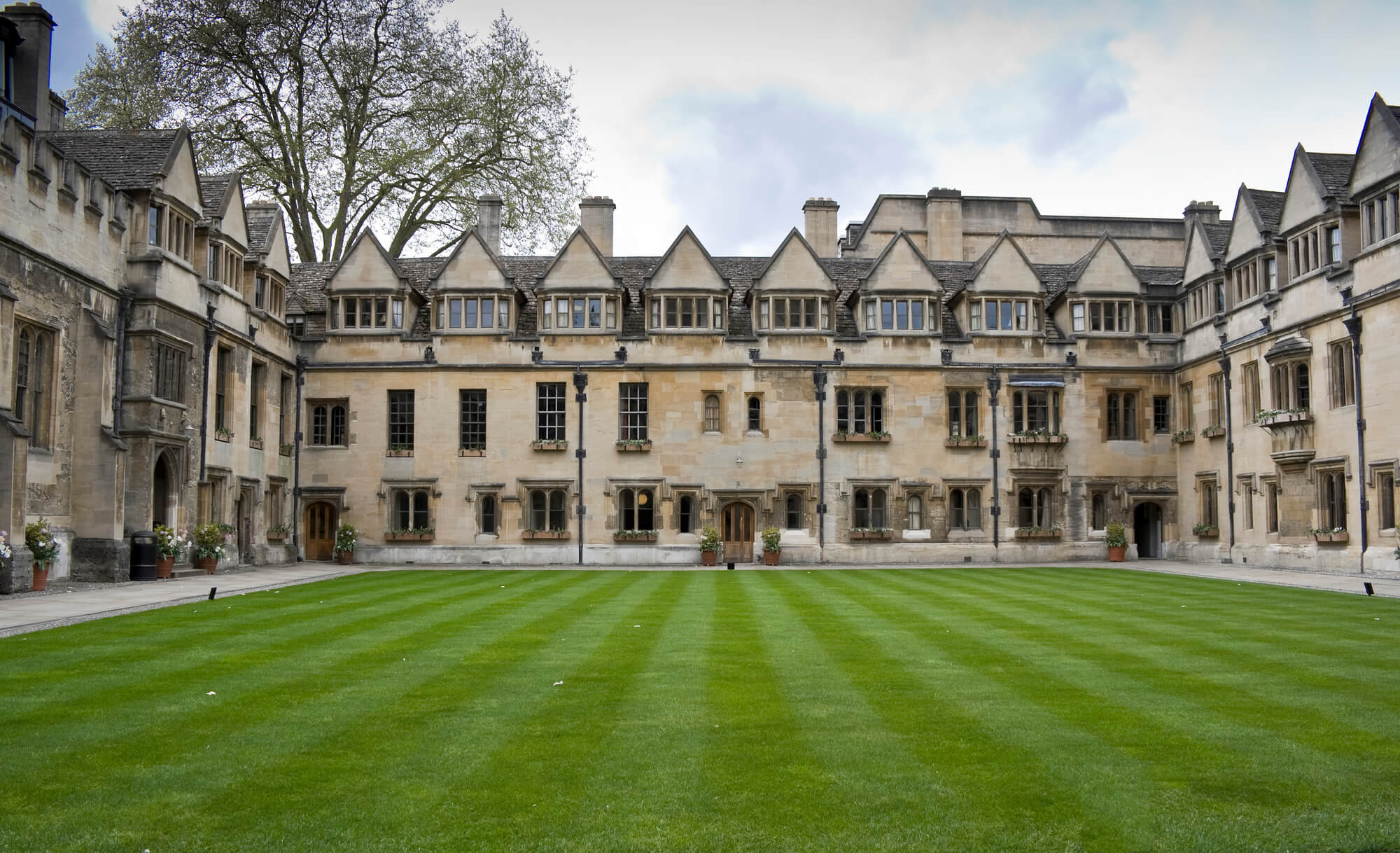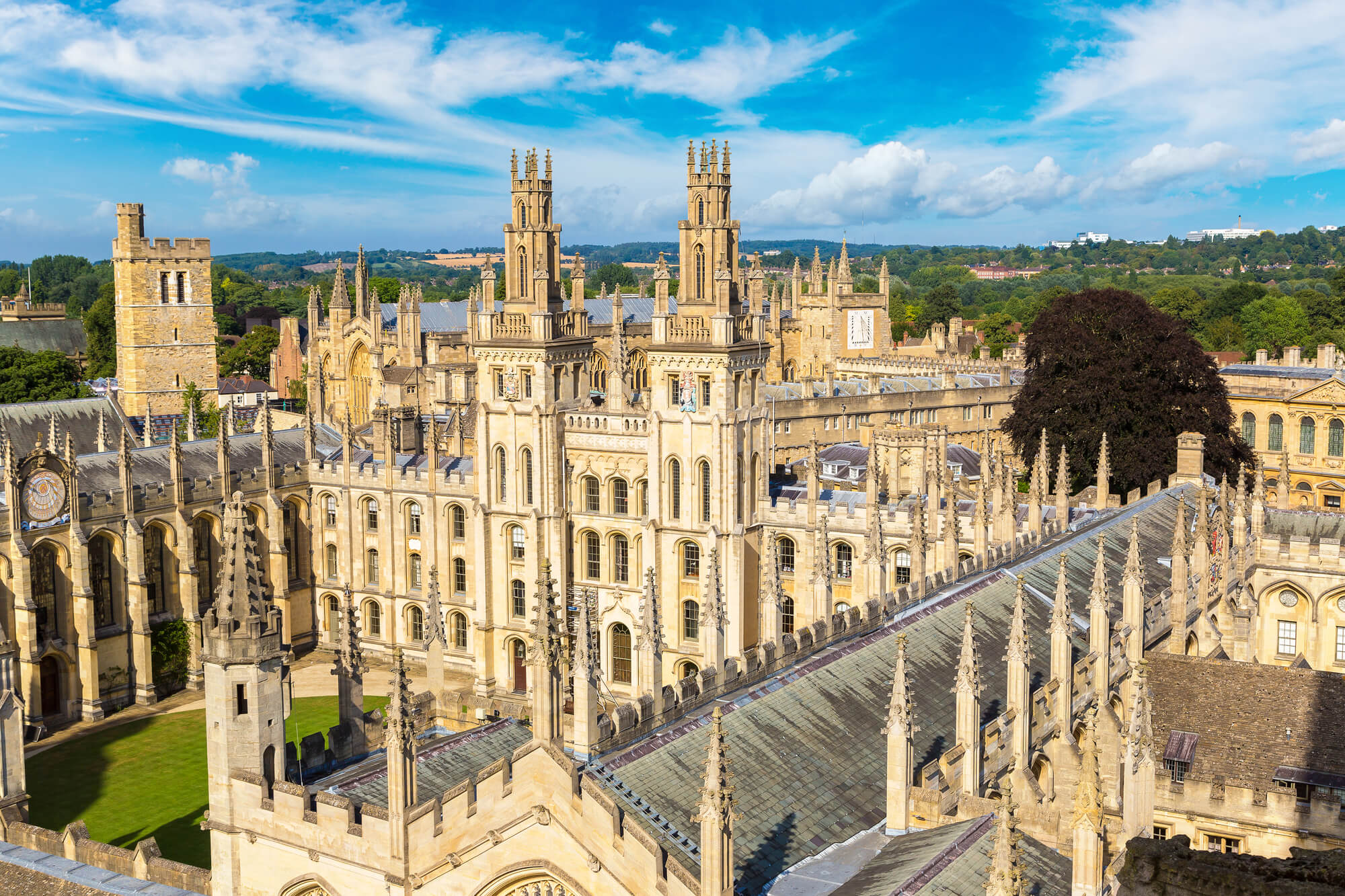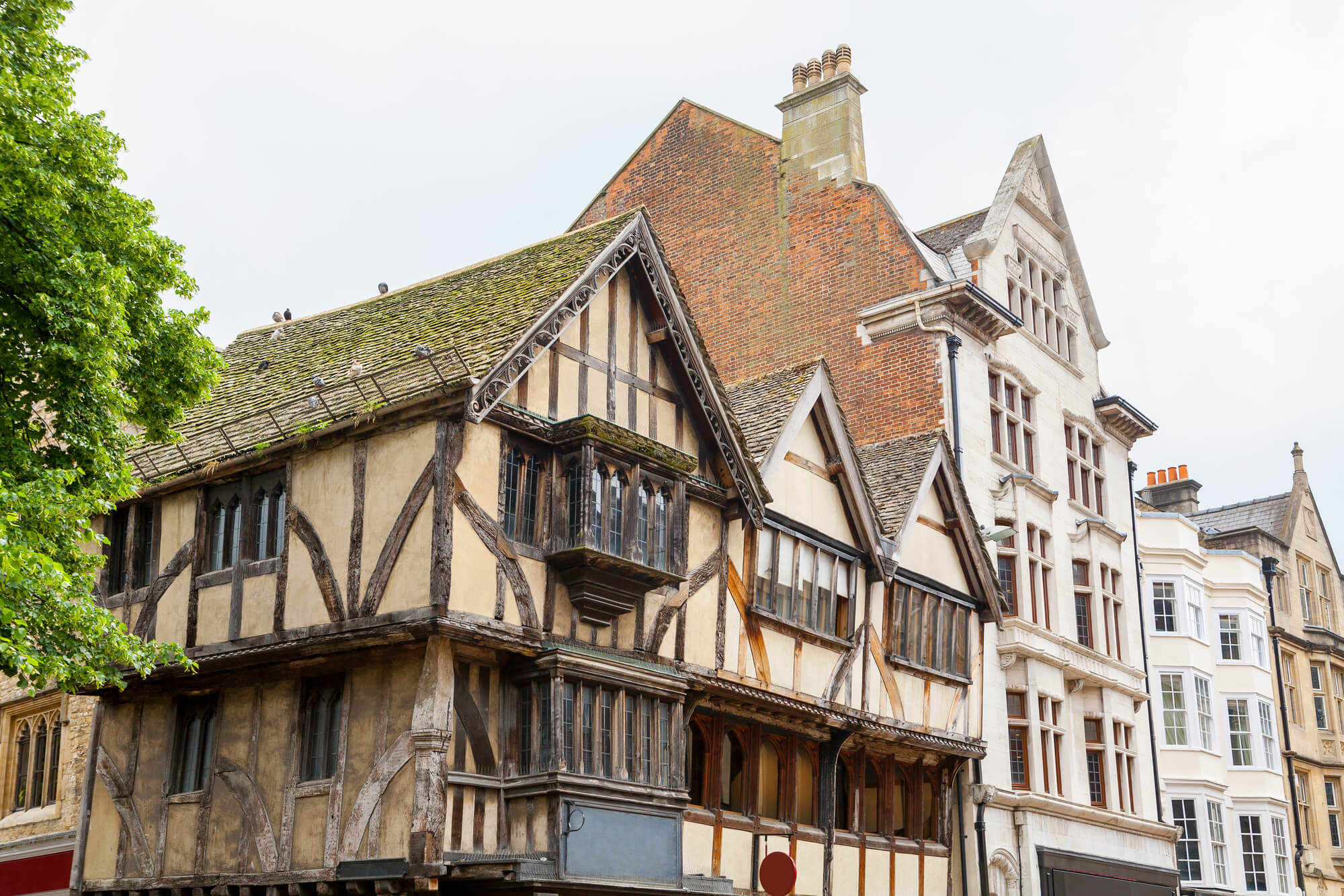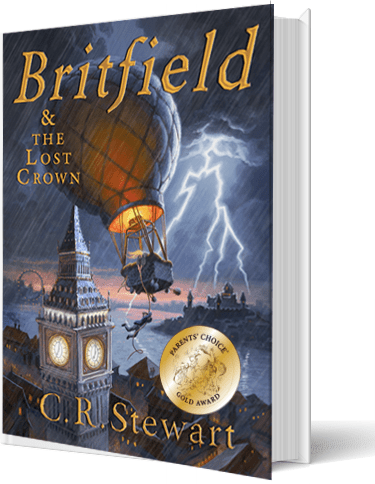Lost in the crowd of students, they worked their way down a corridor and to the Shelley Memorial, a tribute built for the famous Romantic poet who drowned off the coast of Italy.
They stood at the doorway and cautiously peered out.
“I don’t think they saw us,” said Tom optimistically.
“I’m getting tired of running and hiding.”
“So am I. I told you Gowerstone was a nightmare.”
“How do you know he’s behind this?”
“He’s behind it, trust me.”
Sarah glanced behind her and examined the circular room, its walls painted in a subdued pastel lilac. She was transfixed by the white marble statue perched on an angel’s wings and balanced by two bronze lions.
While Tom searched the hallway, Sarah was drawn to the human-sized replica of Percy Shelley draped across the top, lying solemnly on his side.
“It’s beautiful,” she said softly, running her hand across the smooth surface.
Tom glimpsed the sculpture from the corner of his eye and turned. He too was mesmerized by the brilliant lights washing over this lost soul captured in time.
“He seems so sad,” observed Tom, walking around the outer edge.
“Yet finally at peace,” she added astutely.
Briefly forgetting their troubles, they gazed at this hypnotic work of art and enjoyed a stolen moment.
Percy Bysshe Shelley (1792-1822) was one of the major English Romantic poets and is regarded as among the finest lyric poets in the English language. Sculpted by Edward Onslow Ford, The Shelley Memorial consists of a white marble sculpture of a reclining Shelley washed up on the shore at Viareggio, Italy after his drowning. It sits on a decorative plinth in a small domed Victorian room, behind ornamental railings. Commissioned by Shelley’s daughter-in-law, Lady Shelley, the statue was originally intended for the Protestant Cemetery in Rome where Shelley is buried, at the request of adventurer Edward John Trelawney, a friend of Shelley. Trelawney wanted to have a monument of the poet next to his own. Eventually the statue ended up at University College, donated by Lady Shelley, with a formal opening ceremony on 14 June 1893.




